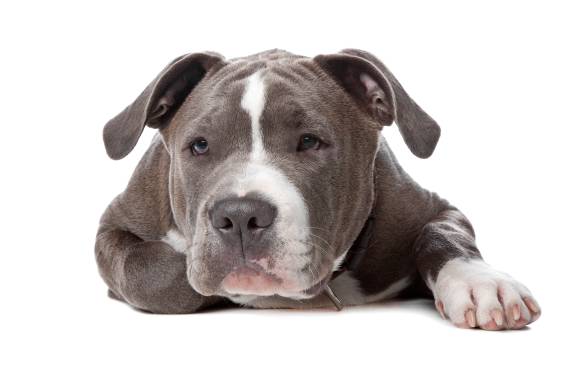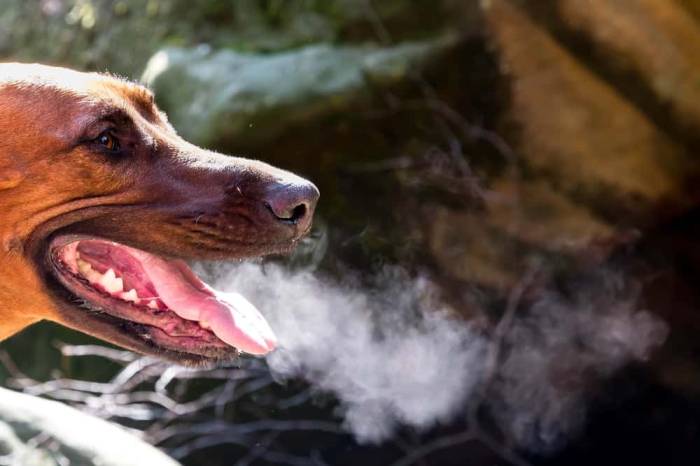Gardens have been a piece of human progress for no less than 4,000 years. The soonest cases of cultivation go back to the 1500 BC, where lotus lakes encompassed by acacias and palms were delineated in Egyptian divider works of art. From that point forward, gardens have adjusted new varieties and use, in spite of the fact that the fundamental standards have dependably continued as before.
Connect with a verified veterinarian in minutes. Licensed vets are available 24/7 to answer your questions. No need to worry about your furry family member.
A garden fills in as methods for showing, developing and getting a charge out of plants and different sorts of nature in an arranged space, these days regularly including man-made materials, for example, cultivate sheds or log lodges. They can fill diverse needs to various individuals; some simply appreciate keeping up an engaging patio nursery in which to spend their late spring, some jump at the chance to develop plants and vegetables in their nursery and some like to do both.
While cultivating is as yet a critical piece of our way of life, there are certain dangers that the plants in garden pose to the dog. Some gardens are close to the water while some are not close, either close to the water or far from it, owners need to be careful of what they plant in their garden as it might have some effect on the pet especially your dog. Dogs are very playful and can play with whatever is available, not knowing which of the plants are safe to eat or that tools in the garden is dangerous to them.
Here are some regular plants that may cause your pet mischief if they are planted in your garden
- Lilies: In spite of the fact that they are really, all parts of a lily are to a great degree dangerous plants for dogs. Indeed, even a little bit of a lily can be a poisonous plants for dogs. All kinds of lily can cause kidney failure to the pooch.
- Rhododendron: This common garden flower isn’t just perilous for pooches and felines; it likewise represents a risk to stallions, sheep, and goats. Eating these blooms is dog poisoning and can cause spewing, excessive drooling, looseness of the bowels, loss of hunger, and perhaps coma state or demise in extreme cases.
- Chrysanthemum: A garden staple, chrysanthemums are not savage for your pet, but rather they have been known to be dangerous plants for dogs or poisonous plants for dogs. Your pet may encounter looseness of the bowels, drooling, and the gastrointestinal bombshell if they ingest this flower.
- Milkweed: Milkweed and monarchs are the ideal sets, yet sadly the same isn’t to be said for your pets is this weed are dog poisoning. Milkweed is dangerous to both mutts and felines and can cause regurgitating the runs, seizures, kidney or liver failure, and even demise.
- Oleander: This dynamic bush is excellent, but all parts of this plant are lethal to felines, mutts, and steeds. On the off chance that your pet eats any piece of oleander they could encounter looseness of the bowels, trouble breathing, muscle tremors, and death.
- Tulips: All parts of a tulip can cause distress for your pet. However, the globule is the most lethal. A pet who has ingested this flower can create despondency of the sensory system, retching, dribbling, and possibly heart abnormalities.
- Daffodil: This spring staple is destructive for both mutts and felines. In spite of the fact that you most likely wouldn’t give your puppy or feline a chance to crunch on your pretty flowers, you never realize what they are doing when you aren’t anywhere near. The globule of the daffodil is the most lethal part, so mutts that love to burrow are in danger. Ingesting daffodils can cause regurgitating, looseness of the bowels, and vast sums can cause tremors and heart arrhythmias.
- Japanese Yew: Despite the fact that this tree has been utilized to make disease treatment medicates, all parts of the yew tree are perilous for pets to consume. This tree influences the focal sensory system of pets and causes trembling, incoordination, and trouble in relaxing. Ingesting this can likewise cause gastrointestinal resentful and death.
- Amaryllis: These energetic and excellent perennials are famous in numerous flower gardens. Tragically, they can cause regurgitating, looseness of the bowels, and stomach torment for your pets if eaten.
You might read through this rundown and be thinking what you can plant at this point
These are 3 plants that are pet safe!
-
Cat Grass
In spite of the fact that not suggested for EVERY canine or feline, a few puppies may profit by having their load of grass to crunch on. Feline grass has been known to accelerate felines and pooch absorption process, and furthermore enable them to oversee hairballs. Protected and simple to manage, the feline grass is a decent contrasting option to indoor flowers that will make both your feline happy.
-
Burro’s tail
Nontoxic to both puppies and felines, the Burro’s Tail is an appealing contrasting option to numerous indoor house plants. A sort of succulent, the Burro’s Tail is a flowering perpetual that produces trailing stems and pink and red flowers in the mid-year.
-
Maidenhair fern
This types of greenery are ideal for feline owners that battle with having indoor plants, myself included. The maidenhair plant is nontoxic to felines, which makes it an amazing expansion to your garden or home. This isn’t to state you ought to urge your feline to crunch on the leaves, yet it will facilitate your mind knowing you don’t need to race to the vet if you find they have made a snack of your plant.

Review symptoms, medications & behavior to keep your pets healthy with a Vet Online in just minutes.
Ask a Vet Live Now4 Things in Your Garden That Could Be Harmful to Your Dog
When springtime moves around, numerous individuals appreciate sprucing up their patios and gardens to exploit the planting and developing season, in this way having the capacity to appreciate an excellent space to hang out and engage.
If you’ve ended up making treks to the neighborhood nursery so you can get a head start on your arranging this spring, you may be intrigued to realize that some of your cultivating apparatuses and supplies could be destructive to your furry relatives (dogs). Underneath we’ve illustrated four high-chance dangers to mutts (and even open-air living felines) that might be found in your garden.
1. Standing Water
Watering jars, basins, jugs, and more would all be able to hold standing water and this can lead to rat poison and dogs. Once in a while, we top off one of these things with the expectation of watering plants, and after that neglect to use all the water. This can be possibly unsafe for all members of your family since mosquitos, and microscopic organisms frequently breed in water. Standing water is particularly hazardous to have around puppies since they may drink it and ingest microscopic organisms. Also, if your canine invests a ton of energy outside, they have the capability of getting a mosquito chomp and getting an infection.
2. Mulch and Fertilizer
A wide range of chemicals is found in mulch. Over that, there could likewise be pesticides or herbicides in your compost which could lead to rat poison and dogs. On the off chance that your dog expends any of this they could encounter anything from stomach torments to harming. When making use of these things, attempt to keep your canine out of the territory (perhaps inside your home) and use it in a region where it will be concealed or far from where your puppy plays.
3. Honey bees
While you in all probability did not effectively place honey bees in your garden, they go with the job. Honey bees are an important piece of the fertilization procedure, so it’s essential to give them a chance to do their work without hurting them.
It is essential to know whether you tend to have honey bees around so you can watch out for your pooch
Honeybee stings are similarly as difficult to pooches as they are to people, and a few canines can even have a hypersensitive response to stings. Keep your canine far from honey bees at whatever point conceivable, and make a point to converse with your vet about what do on the off chance that a sting happens at any rate.
4. Snail Bait
Snail or slug draw contains a harmful substance that tastes sweet to pets. Read every single cautioning name before using these items and take additional care to ensure your canine or feline avoids them.
With this article, all has been said about what you should keep away from your dog. The need for you to pet-proof your garden can not be over emphasized. Dogs are very playful, and you can’t just tell what they decide to do when you are away and this is the major reason why you must pet-proof your garden. Most dogs hate to be idle, whenever they are idle they try to figure out what they can play with, and the garden can be the best place to start their play. Kindly be careful of what you plant and the tools you leave in your garden as it can endanger your dog while he his playing or trying to catch some fun.
Connect with a verified veterinarian in minutes. Licensed vets are available 24/7 to answer your questions. No need to worry about your furry family member.

Julie
Julie is a graduate of the University of North Carolina, Wilmington, where she studied Animal science. Though contrary to the opinion of her parents she was meant to study pharmacy, but she was in love with animals especially cats. Julie currently works in an animal research institute (NGO) in California and loves spending quality time with her little cat. She has the passion for making research about animals, how they survive, their way of life among others and publishes it. Julie is also happily married with two kids.
Review symptoms, medications & behavior to keep your pets healthy with a Vet Online in just minutes.
Ask a Vet Live Now



